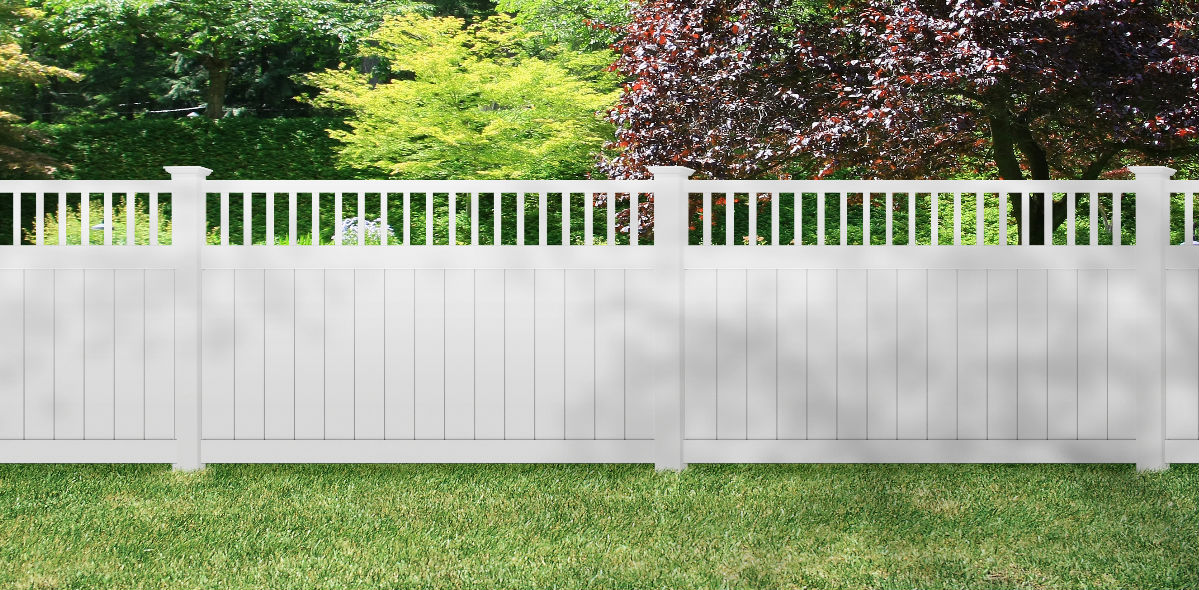Fences add beauty and value to homes and also protect children and pets. But there comes a time when it makes sense to replace your fence rather than continue to repair it.
The 20% rule is a good guideline to follow: if more than 20 percent of your fence needs repair, it’s probably time for a replacement.
1. Rotting
Over time, hot and cold weather can cause wood to expand and contract. This can loosen nails and cause boards to come loose. In some cases, simply hammering the nail back in place can fix this problem. However, if the damage is more extensive, you may need to replace the board.
Rotting can be a serious issue that could lead to the complete failure of your fence. If a small section of your fence is affected, you can try to repair it by filling in the area with anti-rust putty. This is typically available at auto body shops and can be painted over to match the color of your fence.
It’s also important to note that if your fence is no longer meeting your functional needs, replacing it may be the better option. A professional can help you decide whether an Austin fence repair or fence replacement is the best choice for your property and budget.
2. Insect Infestation
As a natural material, wood can be more susceptible to damage from environmental factors like moisture and insect infestations. Fortunately, most of these problems can be repaired or alleviated with a quick fix.
This is why homeowners should inspect their fences regularly to spot potential signs of a pest problem. Things like narrow mud tubes, discarded wings that look like fish scales, and hollow sounds when you tap on wood are all indications of an insect infestation.
Insect infestations should be dealt with as soon as possible. Not only are they unsightly, but they can also pose a health risk. Insects can sting or bite people, which can be painful and dangerous. They can also cause property damage. If the issue is serious, it may be best to get a new fence.
3. Discoloration
Wood fences can be discolored for a variety of reasons. Luckily, discoloration is one of the easiest problems to solve. A good cleaning with a garden hose or power washer can often get rid of dust, dirt, and pollen. A good stain or sealer is also a great idea for wood fences. Sealers keep moisture away from the wood, preventing rot and keeping it looking new. Stains also protect the wood from harmful UV rays.
If the damage is more severe, it’s time to call in a professional. Holes and cracks can be repaired with wood filler or putty, which can be concealed if the fence is painted. Alternatively, you can replace the damaged boards or rails. Just make sure you use corrosion-resistant nails or screws!
4. Loose Posts
Whether from age or extreme weather, fence posts can become loose. The good news is that replacing an entire fence is often unnecessary if the issue can be corrected at the source.
If the post is solid and simply moving due to shifting soil, you can try stabilizing it with stakes. This may not be a long-term solution, but it can get you by while you make permanent repairs.
You can also try rocking the post back and forth to see if you can free it. If it’s still loose, dig around the post and install steel angle brackets (like these) that have an L shape above the ground and holes for screws. Fill with concrete to set. This is a more extensive project, but it will make the fence post stable and secure.


